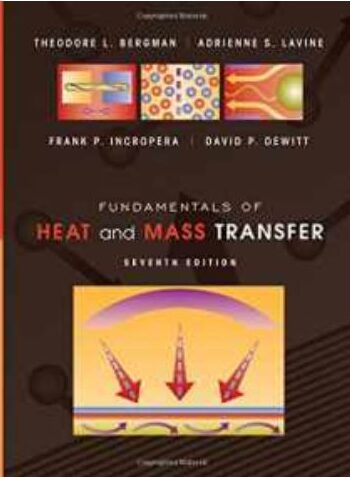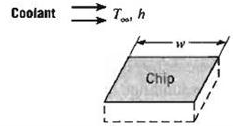Fundamentals of Heat and Mass Transfer – Problem 1.32
Consider the conditions of problem 1.22. However, now the plate is in a vacuum with a surrounding temperature of 25 C. What is the emissivity of the plate? What is the rate at which radiation is emitted by the surface? All sample problem and notes are based off the following textbook: Fundamentals of Heat and…

